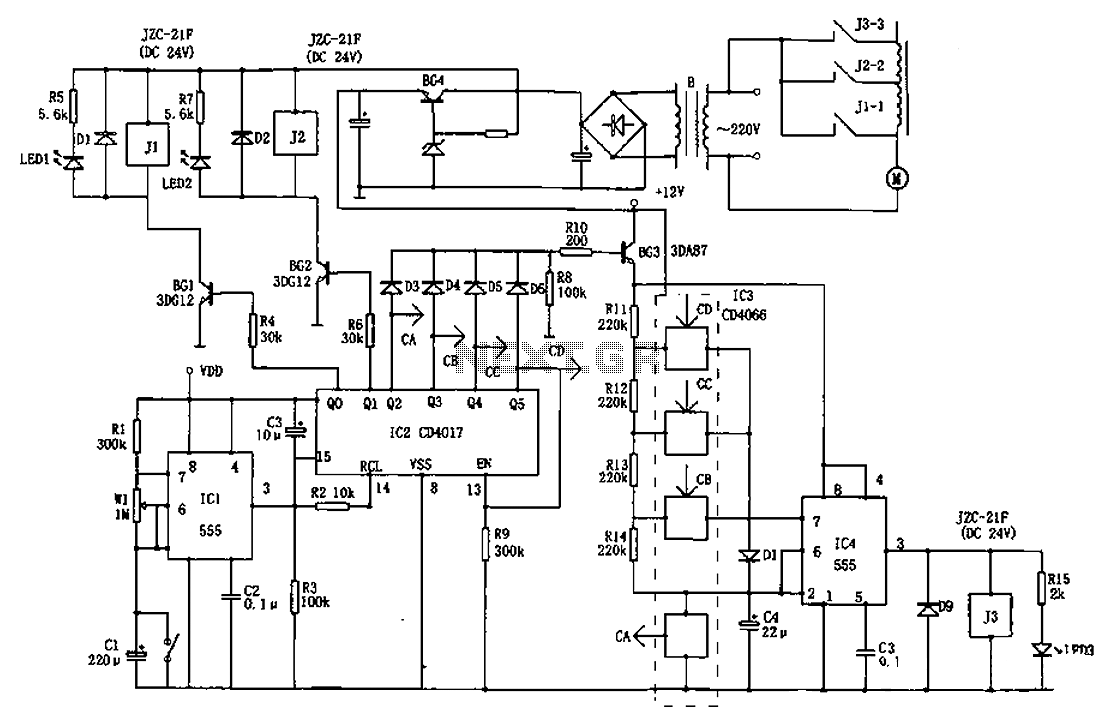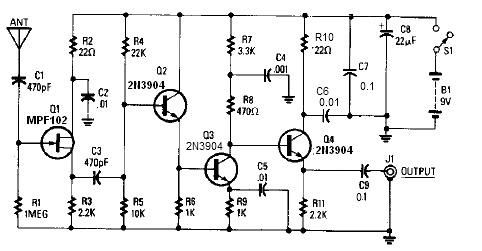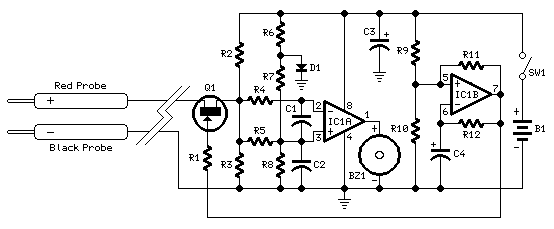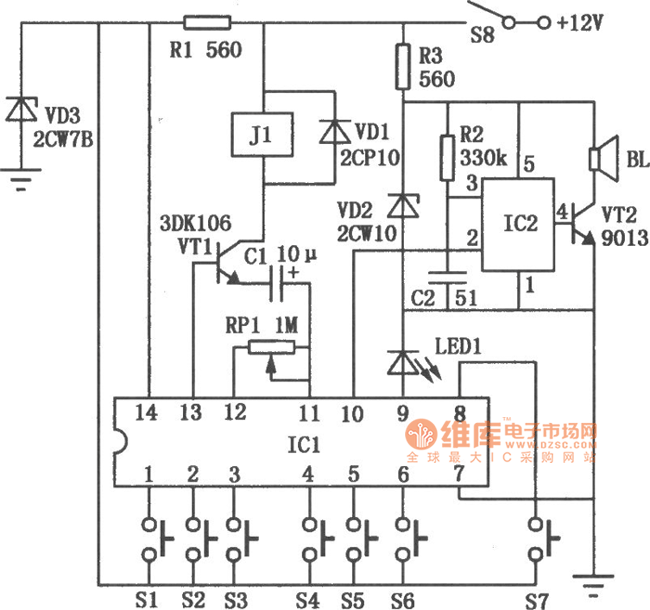
1986 honda civic wiring diagram
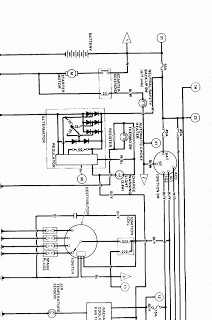
The wiring diagram for the 1986 Honda Civic includes components such as the neutral switch, automatic choke heater, charge warning light, resistor, starter motor, starter solenoid, thermo switch, regulator, alternator, distributor, igniter, ignition coil, spark plugs, and air temperature sensor.
The wiring diagram serves as a crucial reference for understanding the electrical system of the 1986 Honda Civic. Each component plays a vital role in the vehicle's operation.
The neutral switch ensures that the vehicle can only be started when it is in the neutral position, enhancing safety. The automatic choke heater regulates the air-fuel mixture during cold starts, allowing for smoother engine performance. The charge warning light alerts the driver to any issues with the charging system, indicating potential problems with the alternator or battery.
The resistor is used to limit current in various circuits, protecting sensitive components from damage. The starter motor is responsible for cranking the engine, while the starter solenoid acts as a switch to engage the starter motor when the ignition key is turned.
The thermo switch monitors engine temperature, providing feedback to the cooling system. The regulator maintains a consistent voltage output from the alternator, ensuring that electrical components receive the necessary power. The alternator itself generates electricity to recharge the battery and power the vehicle's electrical systems.
The distributor directs high voltage from the ignition coil to the appropriate spark plugs at the right time, ensuring efficient engine firing. The igniter controls the ignition timing, while the ignition coil transforms the battery's low voltage into the high voltage needed to create a spark at the spark plugs. The spark plugs ignite the air-fuel mixture in the engine's cylinders, facilitating combustion.
Finally, the air temperature sensor provides critical data to the engine control unit, allowing for adjustments in fuel delivery and ignition timing based on the ambient air temperature, optimizing engine performance and efficiency.
This comprehensive understanding of the wiring diagram components is essential for troubleshooting and repairing the electrical systems of the 1986 Honda Civic.The Part of 1986 Honda Civic Wiring Diagram: neutral, automatic choke hater, charge warning light, resister, starter motor, sterter solenoid, thermo sw, reguletor, alternator, destributor, igniter, ignition coil, spark plugs, air temperature sensor, 🔗 External reference
The wiring diagram serves as a crucial reference for understanding the electrical system of the 1986 Honda Civic. Each component plays a vital role in the vehicle's operation.
The neutral switch ensures that the vehicle can only be started when it is in the neutral position, enhancing safety. The automatic choke heater regulates the air-fuel mixture during cold starts, allowing for smoother engine performance. The charge warning light alerts the driver to any issues with the charging system, indicating potential problems with the alternator or battery.
The resistor is used to limit current in various circuits, protecting sensitive components from damage. The starter motor is responsible for cranking the engine, while the starter solenoid acts as a switch to engage the starter motor when the ignition key is turned.
The thermo switch monitors engine temperature, providing feedback to the cooling system. The regulator maintains a consistent voltage output from the alternator, ensuring that electrical components receive the necessary power. The alternator itself generates electricity to recharge the battery and power the vehicle's electrical systems.
The distributor directs high voltage from the ignition coil to the appropriate spark plugs at the right time, ensuring efficient engine firing. The igniter controls the ignition timing, while the ignition coil transforms the battery's low voltage into the high voltage needed to create a spark at the spark plugs. The spark plugs ignite the air-fuel mixture in the engine's cylinders, facilitating combustion.
Finally, the air temperature sensor provides critical data to the engine control unit, allowing for adjustments in fuel delivery and ignition timing based on the ambient air temperature, optimizing engine performance and efficiency.
This comprehensive understanding of the wiring diagram components is essential for troubleshooting and repairing the electrical systems of the 1986 Honda Civic.The Part of 1986 Honda Civic Wiring Diagram: neutral, automatic choke hater, charge warning light, resister, starter motor, sterter solenoid, thermo sw, reguletor, alternator, destributor, igniter, ignition coil, spark plugs, air temperature sensor, 🔗 External reference
